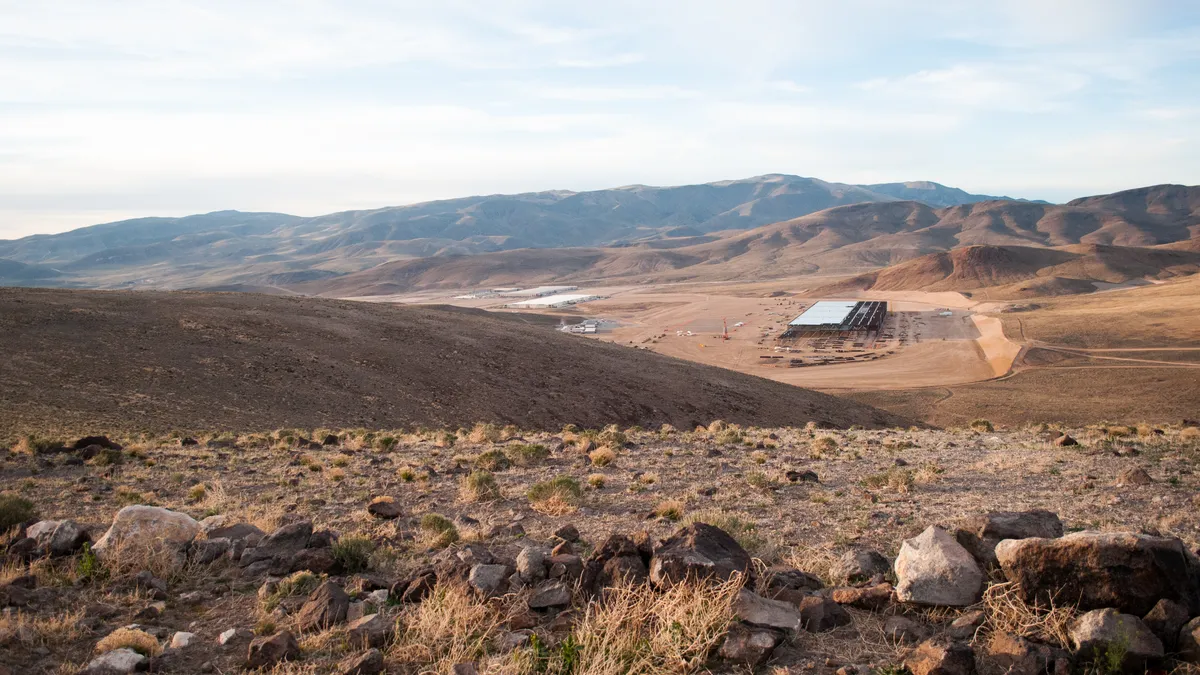Dive Brief:
- The Public Utilities Commission (PUC) of Nevada is considering fining the state's largest utility for failing to collect $10 million in funds meant to incentivize the development of both residential and large-scale energy storage facilities.
- The PUC on June 3 opened a new proceeding and issued a show cause notice to NV Energy. The utility's program incentive funding is almost tapped out, and regulators say they "cannot solve the funding shortfall" in the current docket.
- NV Energy has indicated it thought the $10 million for storage funding was a "consideration rather than a hard set-aside," according to the commission. A 2017 state law established incentives for utility-scale and home energy storage within the state's solar program.
Dive Insight:
The PUC issued an order in June finalizing NV Energy's clean energy program funding for 2019-2020, and said a new docket would be necessary to address the storage incentive issue. The funding mechanism for NV Energy's incentive programs is almost tapped out, with just over $6 million remaining to be collected from an original $295 million allocation.
NV Energy "no longer has adequate funding available" to make the $10 million set-aside, regulators said last month. "There are no remedies in this docket available to the commission to solve the funding failure."
Of the funding, $5 million was intended for residential and small-commercial storage systems, and an equal amount was for utility-scale projects.
NV Energy did not respond to requests for comment.
"Given the dwindling availability of funds, the failure to comply with the commission's orders ... has severely affected the future of the energy storage component of the solar program," the PUC said.
NV Energy is working to add large amounts of energy storage to its system. Last month the utility announced it will add 1,200 MW of solar and 560 MW of battery storage by the end of 2023.
Three projects consisting of 200 MW, 300 MW and 690 MW of solar will be paired with 375 MWh, 540 MWh and over 1,400 MWh of battery storage, respectively. The utility said the three projects will exceed its goal to double its renewable energy output by 2023.















